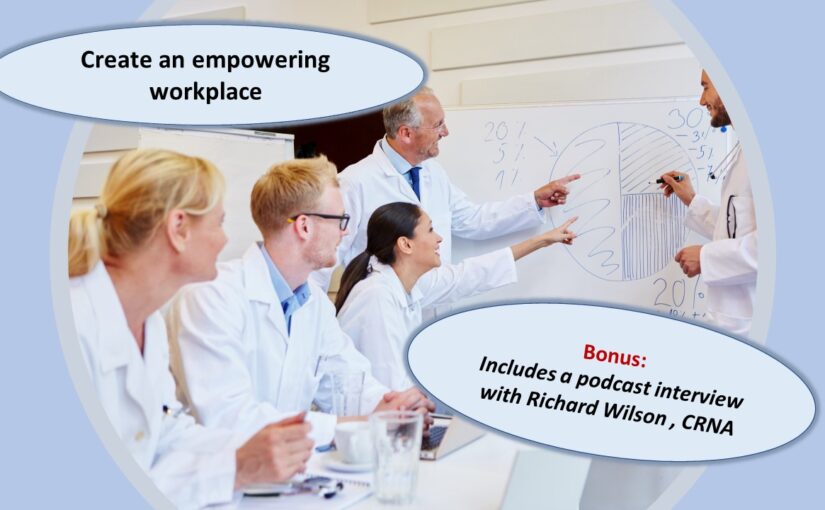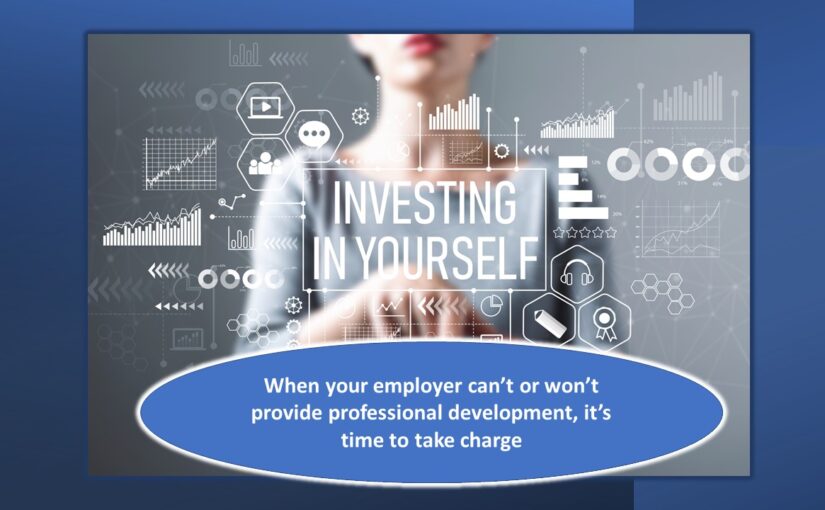By Thomas Davis, DNAP, MAE, CRNA
You are at the end of another work year and it’s time for your annual performance review…what will you learn about yourself? You spent a year delivering high-quality patient care but is that enough to be rated as a high achiever and earn a merit-based bonus? Read on to discover the behaviors that elevate you to all-star status on your team and position you for rewards.
The indeed.com editorial board notes that the most valuable employees are dedicated individuals who use their skills and attitudes to not only improve their performance, but also to positively influence the work environment and elevate the entire team. Clearly, establishing yourself as a highly valued employee requires more than doing your job well; it also involves your impact on achieving team and organizational goals.
So how do you become the cream of the crop and rise to the top of your workgroup? The editorial team at Star Staffing note that high achievers are skilled in the following areas:
- Consistency. Be rock solid consistent, reliable and predictable regardless of the chaos that often occurs in the workplace. Respond with reason rather than emotion.
- Nurture a positive attitude. Attitudes are contagious. Show up every day with pep in your step, a smile on your face, and anticipate that good things will happen.
- Accept change. The old cliché is true…the only thing that is constant is change. Be a leader by accepting and embracing change. Look for the potential good that will arise from the proposed change then leverage and promote the positive.
- Grow your personal network. Move beyond your immediate workgroup and connect with others in the organization who are outside of your department. For example, if you work in the operating room, develop contact with people in radiology, pharmacy, and lab.
- Hone communication skills. Emotional intelligence is a foundational skill in the modern workplace regardless of the job that you do. How you say it is as important as what you say…delivery is everything.
Writing in Forbes Magazine, author Kara Dennison adds insight into increasing your value in the workplace with the following suggestions:
- Build your personal brand. Develop exceptional skills and expertise in a particular area to the point that you are recognized as a content expert and then become a resource outside your immediate department. For example, anesthesia providers can become known throughout the organization as content experts for pain control, particularly non-narcotic, multi-modal techniques.
- Never stop learning. Equally important to constant learning is freely sharing your knowledge and skills. Stay at the forefront of your profession and enhance your value by becoming a mentor.
- Treat the job as if it is your business. Gain an understanding of the cash flow within the department and actively market the services that your department delivers. Develop and implement ways to improve workflow and cut costs.
Author Scott Mautz identifies core strengths that are shared by the most highly respected workers on the team. Incorporating these strengths into your daily behavior will elevate your value to the team.
- Self-confidence. The inner belief that I am competent, capable and up to the challenge at hand. Self-confidence arises from trust and acceptance of yourself and a sense that you have control of your life.
- Fortitude. This refers to the ability to encounter difficulty or danger with courage. In the workplace, this is demonstrated when a person stands up for what is right despite being faced with peer pressure to do otherwise.
- Boldness. In the workplace, boldness is a willingness to take risks and be innovative in a confident manner that shows no fear. Boldness is demonstrated by setting high goals and then aggressively making them happen.
- Decision-making. Quickly consider the options and then take a stand. Base decisions on increasing the good rather than avoiding a loss and then conclusively set a course of action.
- Messaging. Take control of your inner dialogue and eliminate negative thoughts, then, use your positive energy to influence and elevate others on the team. Openly share your knowledge and skills with others in a manner that affirms their needs. Make it obvious that you are there for the benefit of others.
Pulling it all together
The collective wisdom of the authors mentioned in this article will position you to be a shining star and win the MVP (most valuable provider) award for your team. Read through the behaviors listed above and pick out two to focus on immediately and then add one per month until you have mastered all of them. It is easy to read an article like this and walk away motivated, however, your commitment to change must be more than a New Year’s resolution that lasts only a few weeks. Rather than making the behaviors in this article what you do, make them who you are. With commitment, over time you will be successful.
Tom is an experienced leader, educator, author, and requested speaker. Click here for a video introduction to Tom’s talk topics.





